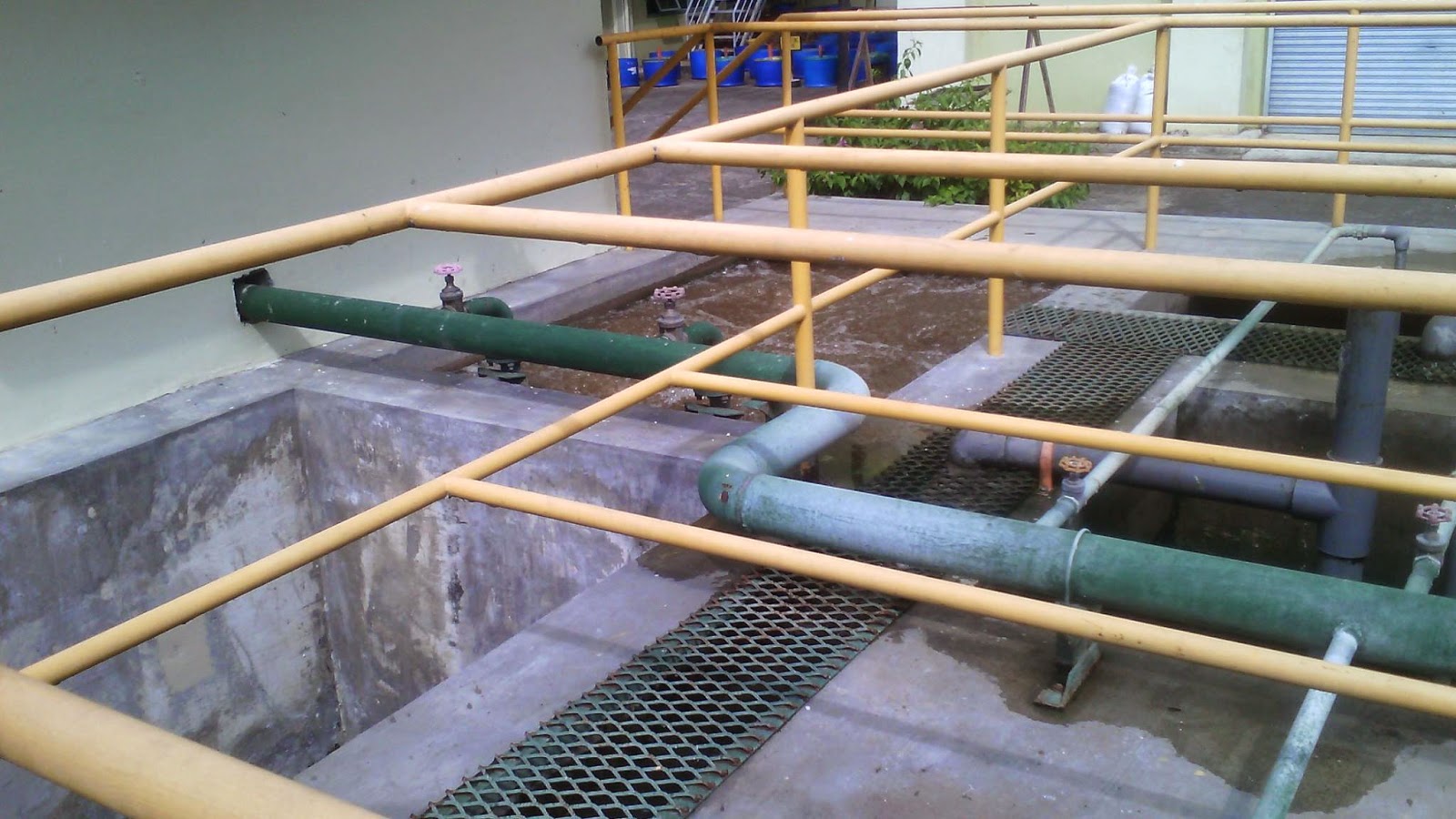On
October 2003, the
Environmental Management Bureau (EMB) under the Department of Environment and
Natural Resources (DENR) started monitoring the air quality in the Philipines. The
Epifanio de los Santos highway, better known as EDSA, has been aiming
to reduce its Total Suspended Particulates (TSP) concentration to 20 percent by
the end of that year. The TSPs are small solid and liquid particles suspended
in the air and include dust, smoke, metallic and mineral particles, soot, mist,
and acid fumes. It is the most common air pollutants monitored in DENR’s air
quality monitoring stations.
However,
12 years had passed but the problem regarding the air pollution seemed to have
stayed in the corners of EDSA and worse—making its air the dirtiest in Metro Manila
since 2011. According to DENR, the air in the vicinity had indicated that the
amount of TSP in the intersection rose up at 280 ug/ncm (microgram per normal
cubic meter) while the normal standard should be at 90 ug/ncm only.
As
we visited the busy streets of EDSA this time, conclusive evidences of how poor
the air quality had become embraced our lungs with warm (and smoky) welcome.
Black versus White
There are two types of vehicles we have seen in EDSA, the
one which emits black smoke and the other one with none.
Smoke-belching
vehicles have always been a major contributor of the pollution surrounding the
area. Why these hazardous smokes ever existed is because improper maintenance
of the vehicles, improper way of driving, weak vehicle engine, overloading of
vehicles, and use of low quality oil were being practiced by drivers.
On the lighter note, smoke-belching
is targeted to be reduced by taking care of the abovementioned causes, and in
addition, people will report the smoke-belching vehicles.
Under
the Metro Manila Air Quality Improvement Sector Program (MMAQISDP), the MMDA
procured smoke emission test equipment and distributed these to 17 local
government units (LGUs) in Metro Manila. The “Smoke-free EDSA” campaign was
also pursued and supported by the local citizens, government, and
non-government organizations to abolish the pollution problem gradually.
Facing
the aftermath
Air
pollution affects our daily living even though you might not notice it. The
weather and health of the people gets the risk and harmful effects of the
pollution.
Suspended particulates from vehicles
consist of carbon monoxide and sulfur molecules mixes with dust and as the weather
and environment officials said, this is responsible for the smog that blankets
the metropolis.
Aside from this, the vulnerability
of the residents toward diseases increases. The UP College of Public Health
conducted a study and has concluded that the incidence of intense coughing with
phlegm, wheezing and heavy breathing has been observed among 32 percent of
jeepney drivers, 16 percent of aircon bus drivers, and 14 percent among
commuters. Thus, individuals who are directly exposed to smoke-belching
vehicles for a longer period have a higher health risk.
Also, TSPs, even in small doses,
affect breathing and cause eye irritation and serious lung problems. Diesel
particulates from vehicles can cause lung cancer especially among children, the
elderly, and those with heart problems, asthma and other lung illnesses.
***
All these things might have emerged
from the pollution problem of EDSA but as we see it, people can still continue
the reduction plan they have been aiming all these years. The consequences of
our previous acts toward the environment have taken its toll on the one who are
solely responsible—us.
We can choose to start cleaning the
air or we can select the other way around but if we ever think of it, the
pollution we have for now is already alarming—just imagine what will happen a
couple of years from now if we let ourselves become passive. The quality of air
in EDSA can still be revived, its either we fix it or we just let the dark
smokes intoxicate us all.













